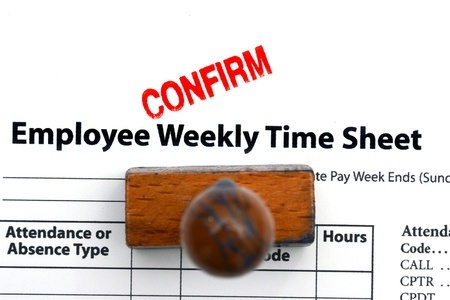
A few months ago, President Barrack Obama announced plans to change the rules governing which employees are eligible for overtime pay. On the last day of June, the Department of Labor (DOL) announced their proposed changes to the overtime regulations under the Fair Labor Standards Act (FLSA). Currently, the Society for Human Resource Management (SHRM) is reviewing the proposal in order to fully comprehend the possible impact that these changes will likely have in the country’s workplaces. Significant changes have been submitted by the DOL and there are some key aspects to their proposition that need to be known.
Major Impact to the Workplace
The impact that these changes will have on the workforce will be significant. With an effective date of these changes most likely set for 2016, it is expected that a total of 11 million employees will be impacted. Currently, the exempt list for employees starts when an individual begins making over $455/week ($23,660 annually). The proposed rule change would raise that bar to the 40th percentile of weekly earnings for full-timed salaried workers which is projected to be $921/week ($50,440 annually). The DOL has also raised the highly compensated employees (HCE) list from $100,000 to the 90th percentile, which would currently stand at $122,148 annually. These changes will mark the first time ever that the DOL has proposed an automatic raise to the salary level. This automatic raise will update based off of either inflation differentiation or a change in percentiles.
Future Feedback and Review
The DOL has yet to propose any changes to the duties test or nondiscretionary bonuses; however, they have acknowledged the challenges that are associated with the duties test and have asked employers for examples in specific occupational fields. They have also asked for feedback from employers about the possibility of including nondiscretionary bonuses to satisfy a portion of the standard salary requirement. These employers who are located in states with more restrictive wage and hour laws will need to review their coverage requirements.
Potential Risks
With the DOL raising the current overtime exempt line by over 100%, employers are left wondering what potential risks they should be preparing for. Changing the rules will mean that employees will be more expensive, forcing business owners to look for other ways to cover these increased labor costs. There would also be a big change to the income threshold, which would require employers to reclassify millions of salaried workers to hourly which will cause millions of workers to lose out on employee benefits, likely hurting workforce morale.
Future Outlook
With the DOL’s new rules in place a lengthy comment-and-review process will begin, which will likely take months before the public sees anything finalized. If this process takes too long and goes into effect just before President Obama leaves office, the next president has the power to undo them if he or she finds them unfavorable; however, this would be highly unlikely as eliminating such overtime benefits for millions of blue collar citizens would create a political nightmare for a President just starting their term.






Let Us Know What You Thought about this Post.
Put your Comment Below.